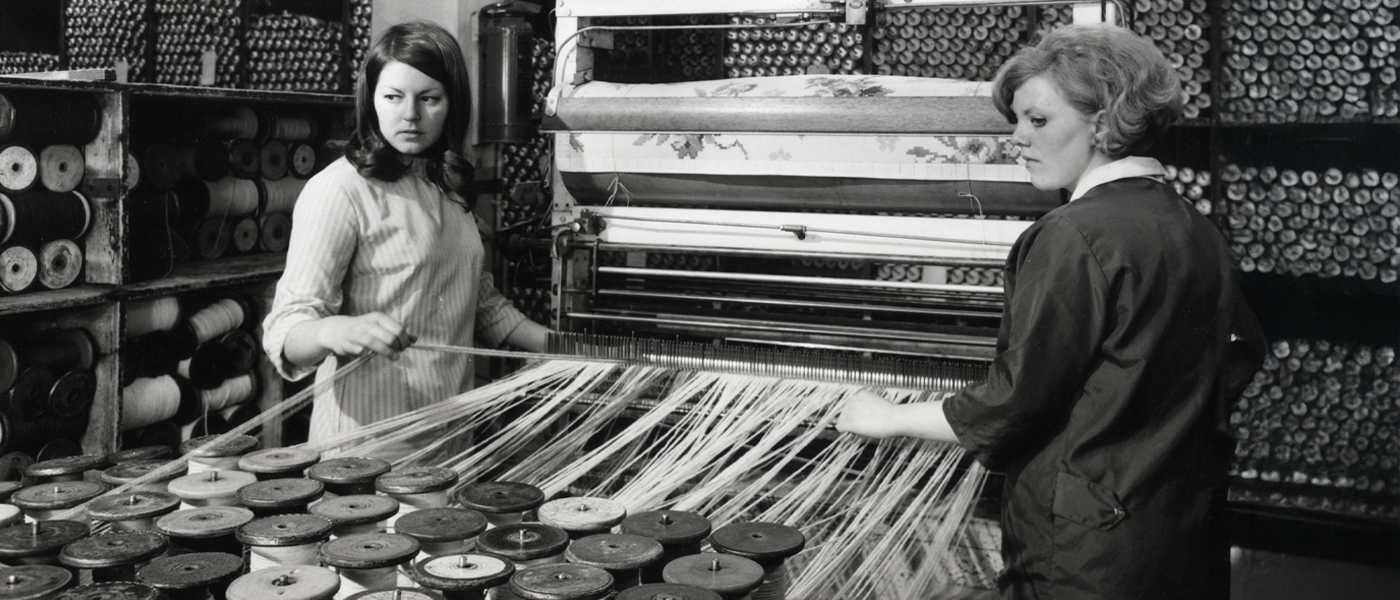
Glasgow 850: in the business of archives
By Michael Gallagher
How did Glasgow grow from a modest medieval burgh into the 'Second City of the British Empire' and, more recently, into the vibrant creative and cultural hub we know today? Answers can be found within the University’s remarkable collection of business archives.
The curation of business archives at the University can be traced back to 1959, when a group of economic historians first set out to collect the historical records of business and industry. At a time of industrial decline, they wanted to safeguard these vital records for future generations. These efforts laid the foundations for what is now the Scottish Business Archive, held by Archives & Special Collections.
Rich variety
From banks and breweries to shipbuilders and sausage makers, the Scottish Business Archive brings together more than 500 distinct collections, spanning the 18th to the 21st centuries. With a particular focus on Glasgow and the west of Scotland, these collections tell the stories of innovation, ambition and the people behind the businesses, while also reflecting the enduring partnership between the city and the University.
One standout collection is the archive of House of Fraser, one of Britain’s most recognisable department store brands. In 1849, Arthur & Fraser opened a small drapery shop on the corner of Argyle Street and Buchanan Street, Glasgow’s newly developing shopping district. In the mid-20th century, the House of Fraser expanded rapidly, acquiring some 200 different department stores across the UK. Among them were well-known Glasgow names like Stewart & McDonald and Dallas’s, as well as Wylie & Lochhead, cabinet makers and funeral undertakers.
The archive offers a unique lens on Glaswegian life – quite literally from cradle to grave – as well as changing tastes in fashion, design and retail. It is a wonderful resource for economic historians, genealogists, and researchers of dress and textile history.
A palatial HQ
Glasgow’s commercial legacy also lives on in its cityscape. Few reminders are as striking as the former James Templeton & Co carpet factory, which still overlooks Glasgow Green. Inspired by the Doge’s Palace in Venice, the building began construction just after the completion of the City Chambers in 1888, signalling the civic confidence of Victorian Glasgow.
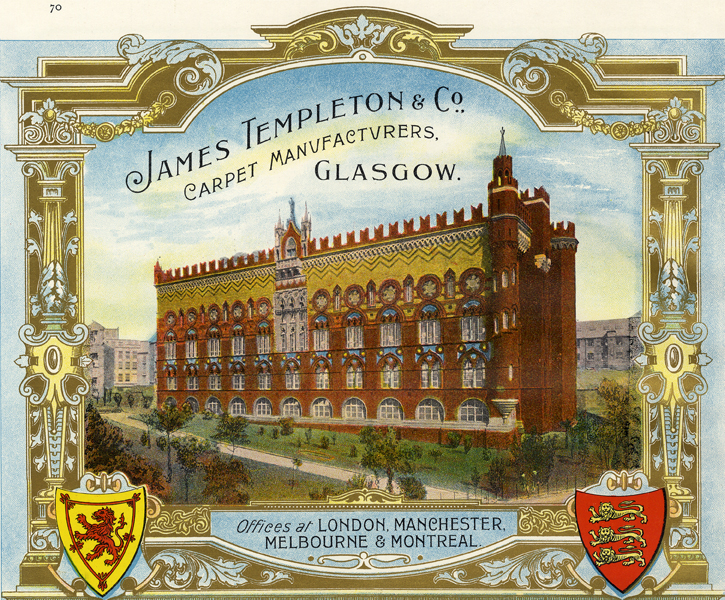
Advert for James Templeton & Co., from 'Scotland’s Industrial Souvenir', 1904
Templeton’s was a global leader in carpet design and production, becoming one of the largest employers in the city of Glasgow by the 1950s, with some 7,000 workers. Its archive includes an extraordinary design collection of thousands of drawings and sketches, along with the 'Templetonian', the firm’s in-house magazine – a vivid window into the working and social lives of generations of Glaswegians.
The survival of these records is thanks to a collaborative effort between the University, Glasgow Life and The Glasgow School of Art, who worked together to safeguard the Stoddard-Templeton Collection and ensure its accessibility, in the city, for future generations.
A toast to Teacher’s
Of course, no history of Scottish business would be complete without our national drink. William Teacher & Sons began in the 1830s with a single 'dram shop' in Anderston, before expanding across the city, then the world, advertising its reach 'from Alaska to Zambia'. Headquartered in St Enoch Square, the company exported whisky to more than 150 countries by the 1970s.
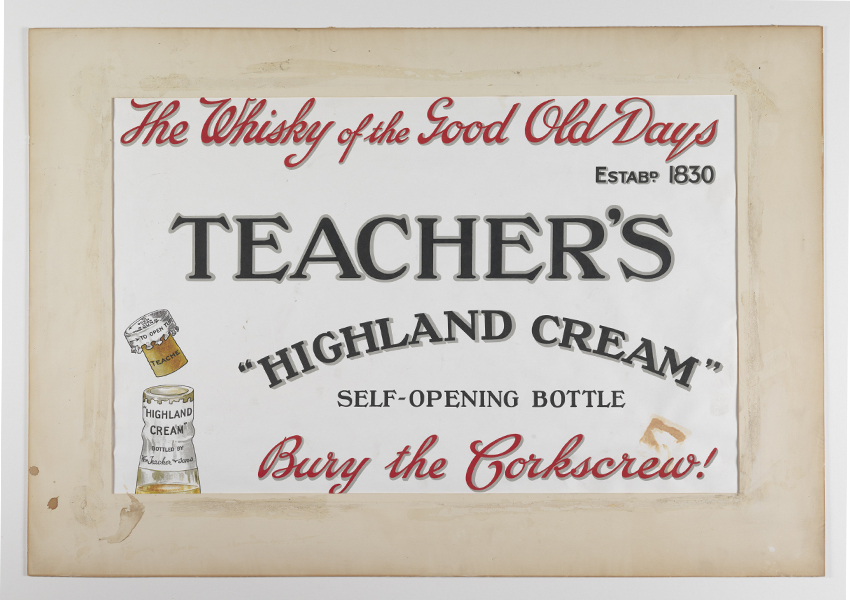
Teacher’s self-opening bottle 'Bury the Corkscrew' poster, c1918
The wonderfully varied Teacher’s archive reflects that global success. One highlight is the promotion of the 'self-opening bottle', launched in 1913. While whisky had traditionally been sealed with wine corks, Teacher’s pioneered a tapered cork that could be opened with a simple twist. Leave it to Glasgow to find a faster way to enjoy a wee dram.
THE WRITER
Archivist Michael Gallagher is part of the team responsible for promoting and facilitating engagement with the University’s vast Archives & Special Collections, which supports the work of colleagues and alumni. The collections are open to all.
“The Archives and Special Collections are essentially the institutional memory of the University,” says Michael. “They are fantastic resources for learning, teaching, research and connecting with our history. Each year they inspire students and bring researchers from across the world to the University”.

Main splash image: Spooling department, James Templeton & Co
All images courtesy of Archives & Special Collections
This article was first published in June 2025.


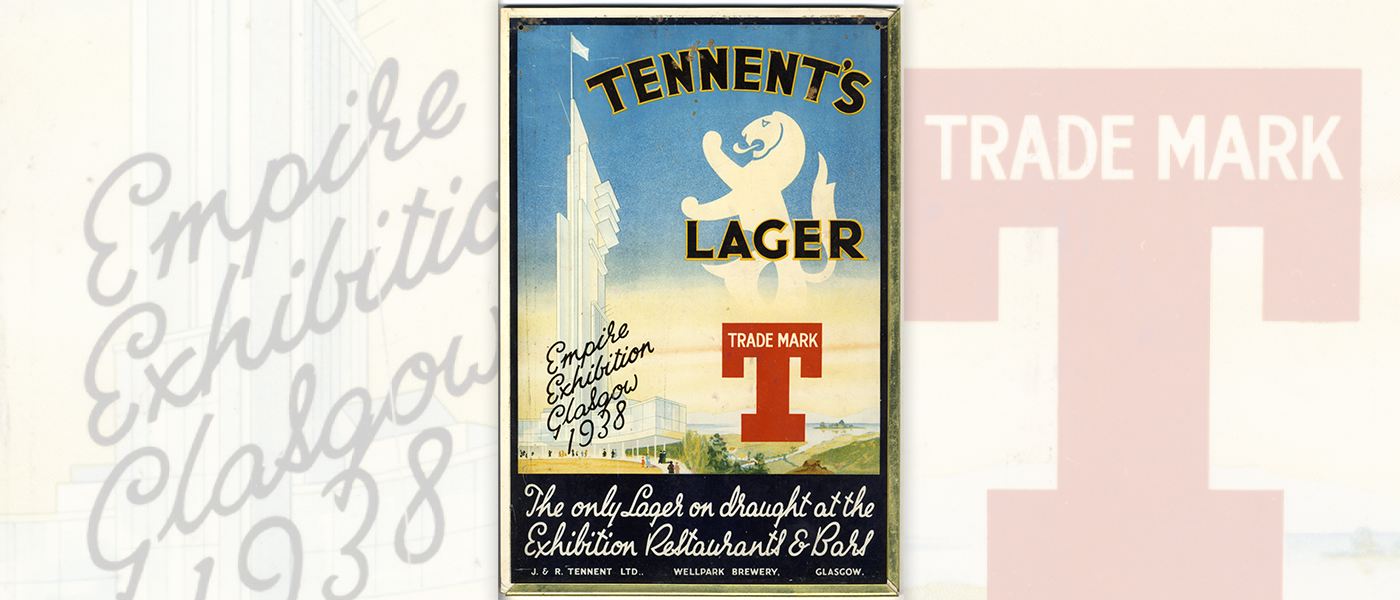
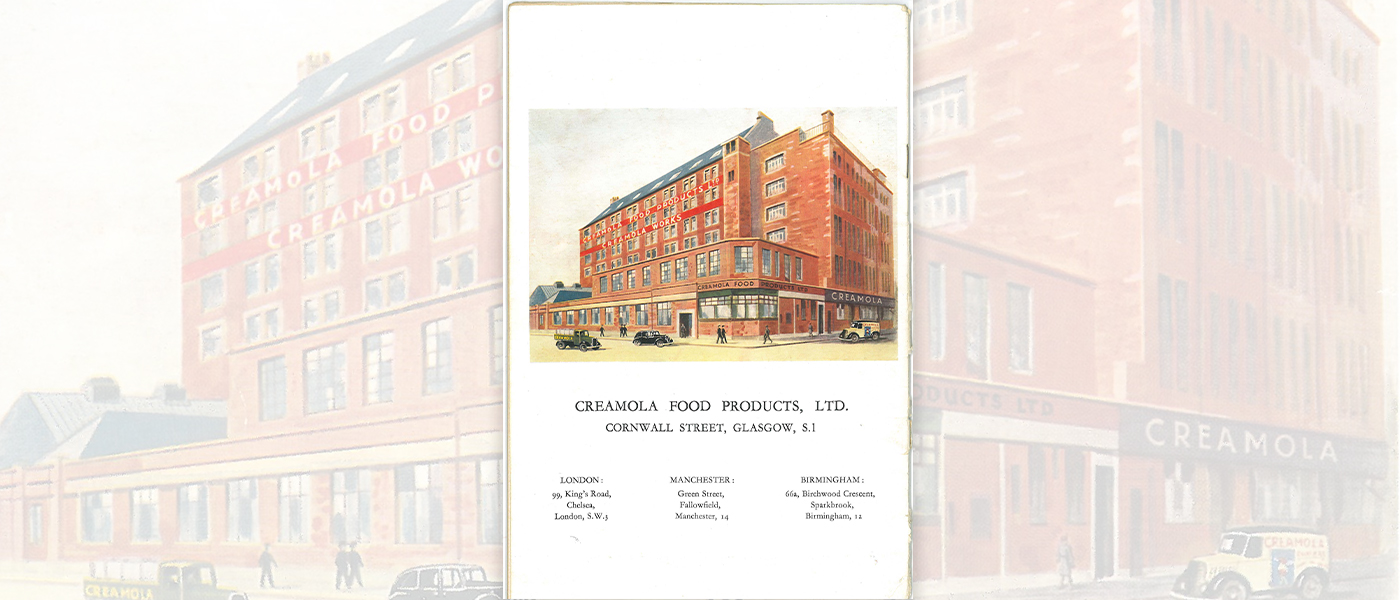
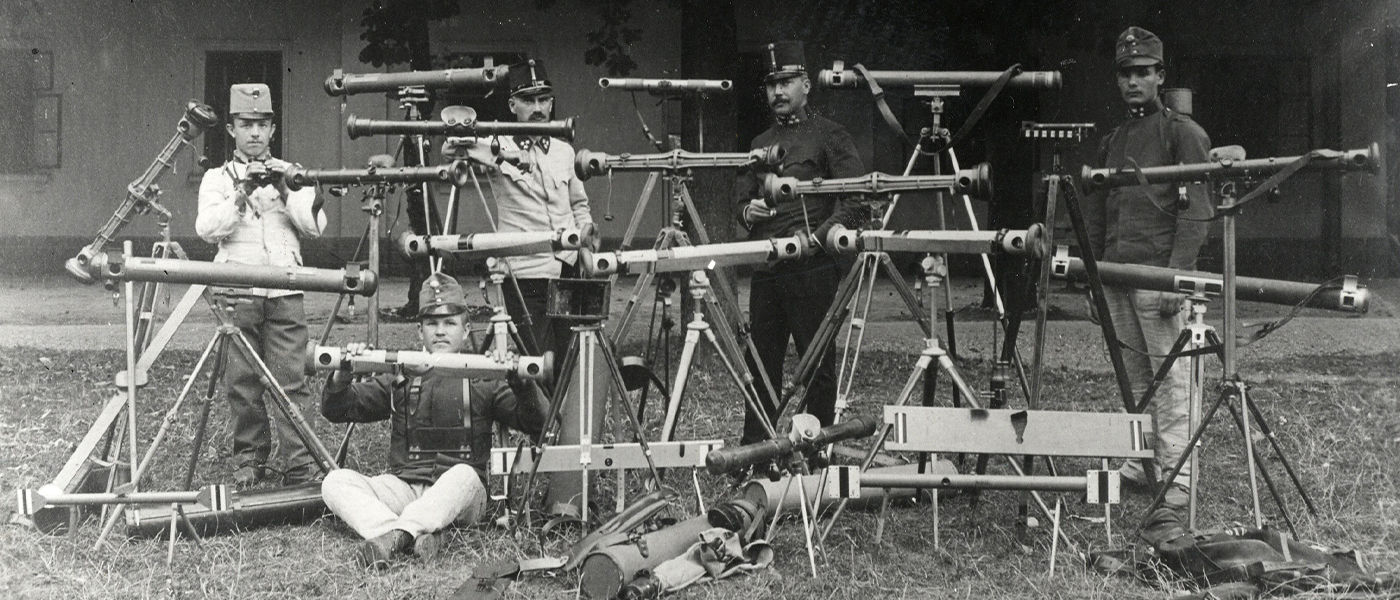
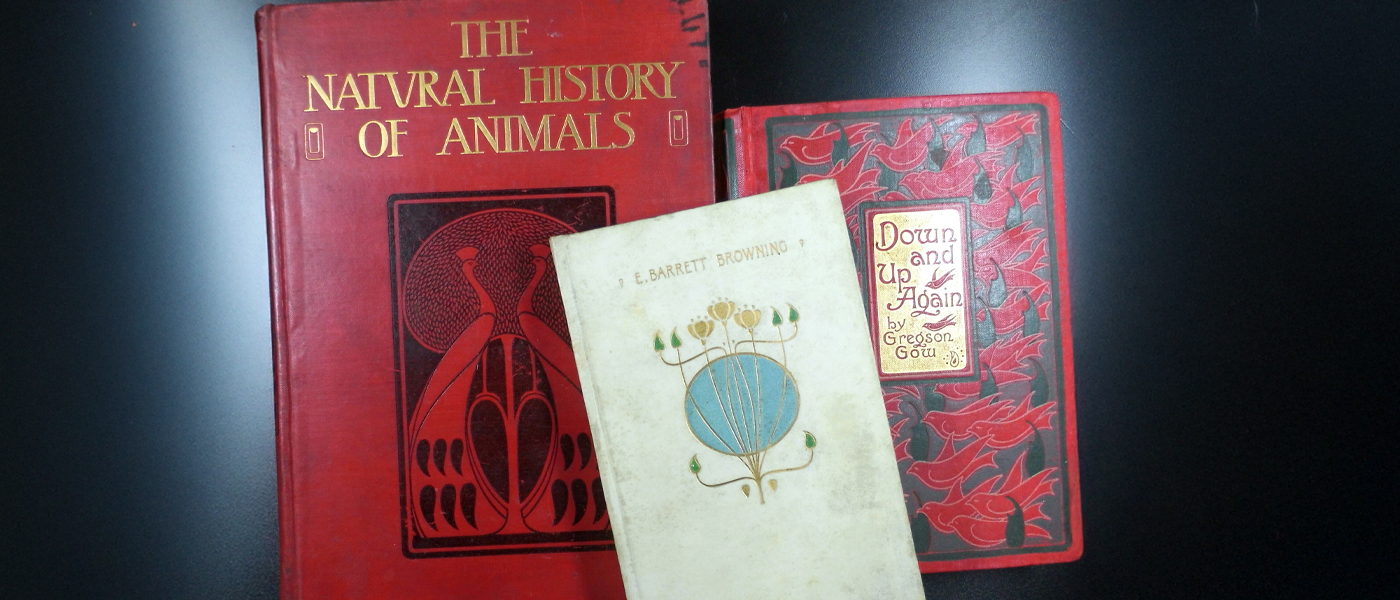
![Anchor Line advertisement, 1914]](/media/Media_1180273_smxx.jpg)